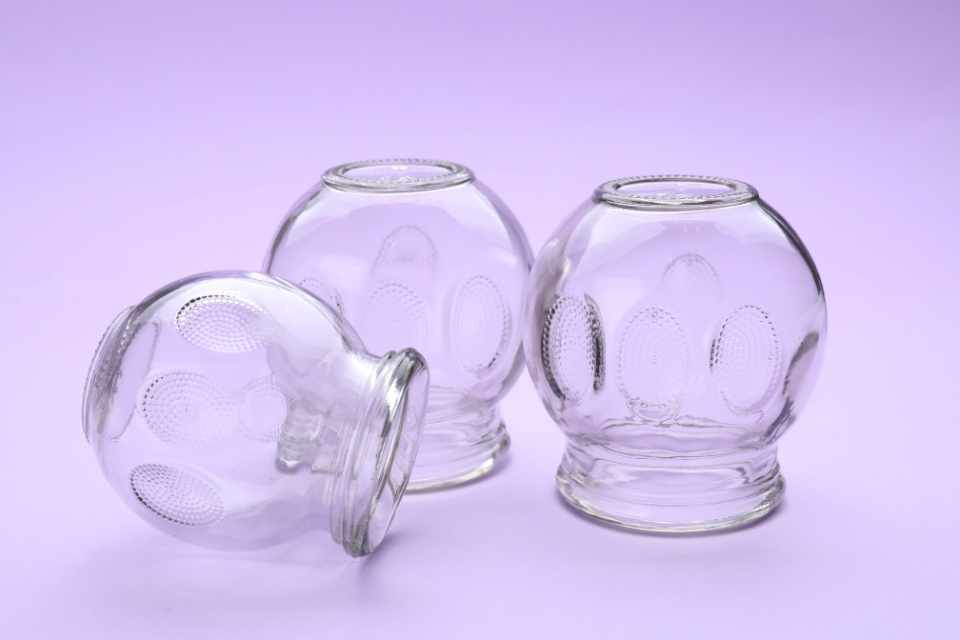This is the fourth and last article in this series of articles about complementary therapies for chronic pain. The series is mostly based on the British Medical Journal article that discusses the available scientific evidence for various therapies including acupuncture, herbal medicine, cupping, and mind-body techniques. This particular article will focus on therapies for neck pain.
There are many causes of chronic neck pain but commonly, this type is due to:
- bad posture while sitting or sleeping
- injury to the neck during an accident or fall, such as whiplash injury
- pinched nerve caused by arthritic bony spurs
Along with the sensation, there is often neck stiffness and a reduced range of movement.
Stress can also be a cause of neck pain, and in this case, there may be an associated tension headache. Tension and tightness in the muscles of the neck due to perceived stress will contribute to the feeling. This can create a vicious cycle of tension and discomfort, causing fatigue and irritability. So, which complementary therapies have been found to be the most helpful?
Mind-body therapies and chronic neck pain
There are increasing amounts of evidence that mind-body techniques can have a positive impact on chronic neck pain. There are several mind-body therapies, but only a few were included in the BMJ article. Other potentially beneficial mind-body therapies include biofeedback, prayer, deep breathing, visualisation and cognitive behavioural therapy. These therapies and the ones discussed below may aid in relaxation and help to reduce suffering.
Meditation
There are few studies on meditation and chronic neck pain. However, a randomised study of 64 patients with chronic neck pain showed meditation reduced hurt and discomfort after 8 weeks compared with a self-care exercise. Interestingly the BMJ article explains that these results, along with findings from brain scans, show that the practice of meditation can change perception without affecting the cause of the pain.
Pain and yoga
The BMJ article included two high-quality randomised trials comparing yoga with a self-care exercise over nine weeks. Both of the studies show significant relief with yoga compared with self-care exercise, and researchers concluded that yoga is a viable option in chronic neck pain. Though it was suggested that longer-term studies were needed.
Pain and Tai chi and Qigong
In the previous article in this series on chronic pain, I mentioned a lack of studies for Qigong and Tai Chi for low back pain. The same is true for chronic neck pain. The pickings are sparse. Yet this does not mean that these therapies are not effective, it simply means few scientific studies have been done.
In a 2016 randomised controlled trial, 114 patients with chronic neck pain, were asked to either 1) take part in twelve weekly sessions of Tai Chi, lasting 75 to 90 minutes each, or 2) do a range of neck exercises. The level of pain, function and quality of life of the people in their groups were compared with results from a control group of people that were still on the waiting list. After twelve weeks, those doing Tai chi had less suffering than the waiting list control group. Function and quality of life were also better than control. However, there was no difference between the group doing Tai C hi and those who did the neck exercises.
Researchers concluded that Tai Chi might be considered a suitable alternative to standard exercise or yoga for relieving pain.
However, a study conducted on 121 older people found no significant difference in pain between Qigong participants and the waiting list controls. Again there was no difference in the outcome between doing Qigong or doing other exercise therapy.
While a group of 123 mostly middle-aged women found Qigong slightly superior to no intervention for reducing pain and disability after six months.
Alexander technique
A large randomised controlled trial compared the outcome of using either the Alexander technique, acupuncture or the patients’ usual care for the relief of chronic neck pain. After twelve months, 14 sessions of practising the Alexander technique had a comparable level of reduction to twelve acupuncture treatments.
Acupuncture and chronic neck and shoulder pain
Two meta-analyses found moderate evidence that acupuncture provided more effective relief than sham acupuncture or control. One large trial, lasting over three months and including thousands of patients, found that acupuncture provided significant improvements over routine care.
Whilst comparisons of acupuncture and massage therapy found that acupuncture provides significant improvements as well as a better range of motion. An effect that was even greater in people that suffered from longer-term neck problems.
However, another randomised controlled trial of acupuncture compared to sham acupuncture control found no significant difference. In a previous post in this series, I discussed possible reasons that sham acupuncture might not provide an adequate control group for comparison.
When the effect of drugs, acupuncture treatment or chiropractic manipulation were compared, both acupuncture and chiropractic showed improvements. What’s more, in two small trials, acupuncture not only reduced chronic neck and shoulder pain, but patients also reported less depression and anxiety and improved sleep quality, activity levels and quality of life. Whilst in another trial, acupuncture with physical therapy was superior to acupuncture or physical therapy alone, improving neck and shoulder pain for up to six months.
Cupping
In a randomised study of patients, five cupping treatments over two weeks decreased chronic neck pain. While another trial compared home-based cupping massage with progressive muscle relaxation, and both groups of patients reported a similar reduction after twelve weeks.
Herbal medicine
Though there is a lot of interest in herbal medicines, the BMJ article did not discuss any herbal remedies specifically for neck pain. With only a brief mention of Devil’s Claw in relation to non-specific pain.
I found this 2014 study discussing an essential oil blend and its potential use for neck pain. In the study, four essential oils – marjoram, black pepper, lavender and peppermint were blended and prepared as a 3% concentration cream. The use of this cream was compared to a control group that used only an unscented cream. Each day 2g of cream was applied to the painful area. After four weeks, both groups had significant improvement in pain. However, the people that used the essential oil cream had a greater improvement in range of motion. Leading researchers to conclude that the cream containing the essential oil blend was the better option.
As with many health concerns, it could be that the underlying cause determines the best remedy. Where stress and anxiety are big factors, it makes sense that mind-body techniques might have a greater impact.
If you liked this article, you might like to read the other articles in this series of posts, starting with Which therapies for chronic pain?
You might also like Why NSAIDs are not the best solution for your osteoarthritis.








0 Comments